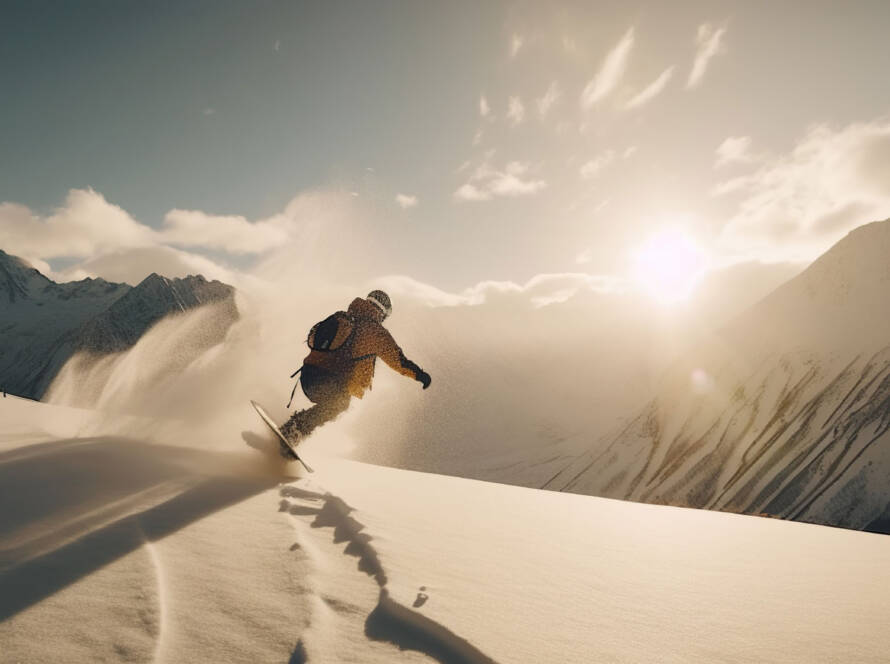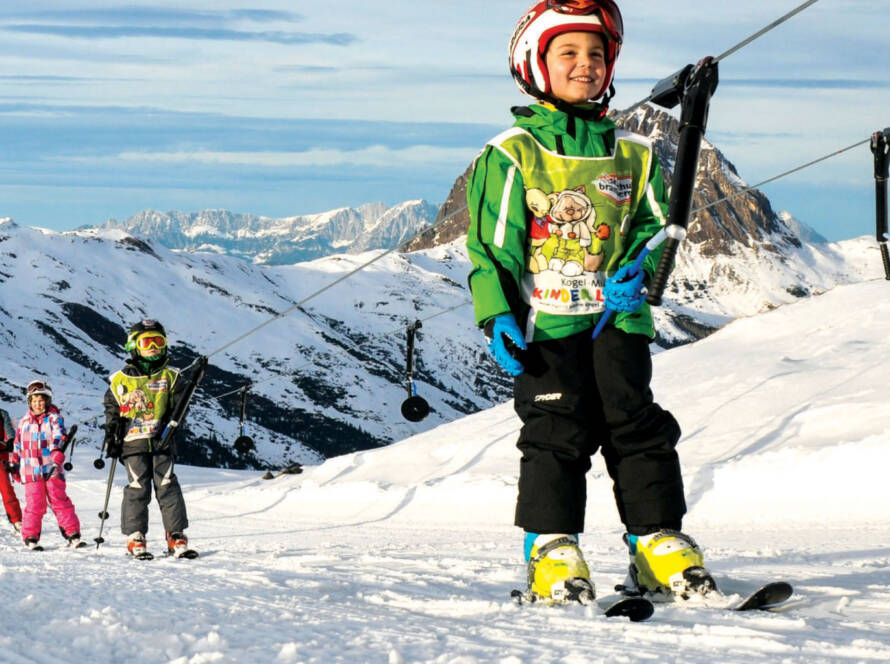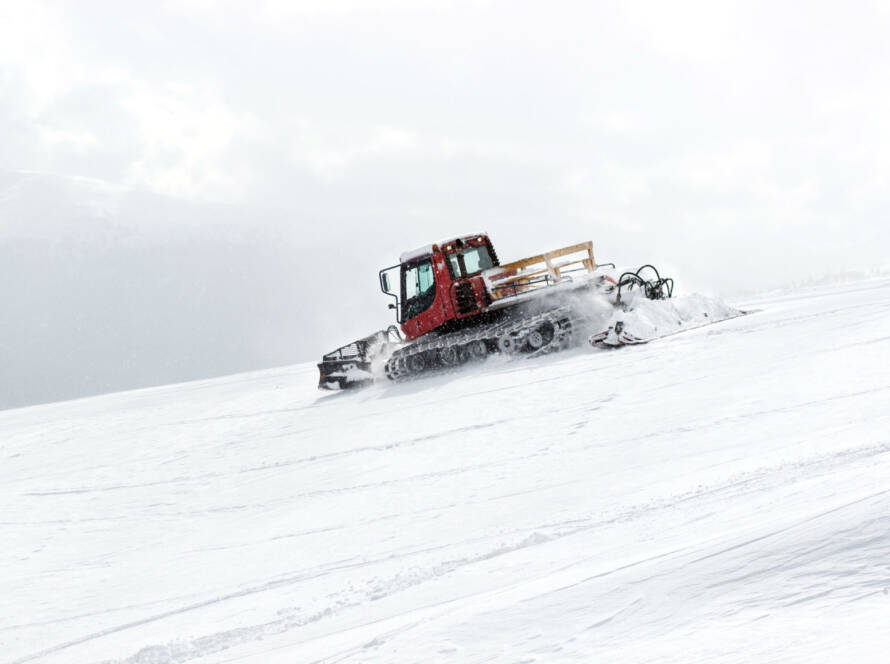Nothing can ruin a day on the slopes faster than an unfortunate injury. Whether it’s a collision with another pleasure-seeker, confusion about the rules of the chair lift or uncertainty about trail signage, there are plenty of ways a rider can compromise his or her safety.
That’s why Ski California is re-issuing its award-winning Mountain Safety Guide for the 2019 season. Its 32-member resorts in California and Nevada will receive pocket-size manuals and digital guides to make available for all of their guests.
“Our resorts spend a lot of time focused on safety. Almost every person’s job at a ski resort has some aspect of safety involved in it and it’s part of every guest’s experience. It’s our job to help guests make good decisions. The Mountain Safety Guide is one way we can do that,” said Michael Reitzell, president of Ski California, also known as the California Ski Industry Association.
Originally released in November 2017, the guide is available in a pocket-size format or mobile/online version, and offers educational information to help riders have a safe experience on the slopes. Last year, Ski California also produced three safety videos featuring Olympic gold medalist Maddie Bowman and professional snowboarder Jeremy Jones and they’re part of the association’s safety tools for all member resorts and the public.
Earlier this year, the Mountain Safety Guide received the National Ski Areas Association’s (NSAA) inaugural Safety Impact Award at NSAA’s national convention. “Ski California stepped outside the box and created a unique guest safety piece,” said Dave Byrd, director of Risk and Regulatory Affairs for NSAA, which has more than 350-member resorts across the United States.
“NSAA felt it was something that we needed to call out and honor this year. It’s an important initiative we hope other organizations look to do in the future.”
About Ski California and the Mountain Safety Guide
Only one year shy of its 50th anniversary, Ski California has long been a voice for ski resorts in California and Nevada. Reitzell says it was founded on the premise that it would represent the interests of the industry and it’s served that function for more than 30 resorts in California and three in Nevada – Mt. Rose, Diamond Peak and Lee Canyon.
“We focus a lot on public policy and government relations. The association serves as liaison between resorts and organizations like the Forest Service, Caltrans and the Amusement Ride and Tramway Unit of the State of California’s Department of Industrial Relations.”
The association also helps support resorts with various safety initiatives. It was while considering guest education that inspiration for the guide arose. “We felt as an organization that, rather than each resort putting out individual safety messages, we could provide something universally applicable across all of our resorts that could be available to guests,” said Reitzell.
“It’s important for us as an industry to show a unified voice on safety.”
Anatomy of the Mountain Safety Guide
Recognizing that guests’ actions can create a safe or risky environment, Reitzell says he knew the guide had to include concise, but complete instructions for navigating slopes safely. The guest experience was considered – from the beginning of the day to the end.
“You get off that chairlift and you have a number of decisions to make about where you’re going to go, how fast you’re going to go and how close you get to somebody else. All of these things come into play as people ski and ride. In order to make sure they’re making good decisions, we have to educate them. That was a goal for the guide.”
The safety information is laid out like a trail map on a fictional mountain, has familiar imagery for any rider and includes safety tips for:
- Before you ski or ride
- When you’re on the slopes
- Avalanche awareness
- In deep snow
- Using trail signage
- Using lifts
The guide is printed sustainably on reclaimed stone – no water, trees or hazardous chemicals were used in manufacturing. It’s also waterproof and tear-resistant, which resorts and riders appreciate as it can be tucked into a pocket for the day.
A challenge was ensuring that each of the safety tips was applicable for all member resorts. Although not every resort has the occasional avalanche or deep snow conditions, Reitzell thought it was important to include that information for users’ reference, especially because many member resorts are on and bordered by Forest Service land, on which guests are technically free to ride.
Reitzell says member resorts and their guests have responded positively to the guide. “Throughout the industry and within our resorts, it’s been embraced as an important tool that supports guest safety. “Last March, after an enormous dump of snow, Boreal Mountain Resort sent their entire executive team to the entrance and wouldn’t let a single person go on the mountain that day without a guide. That’s a measure of success.”
Videos
Understanding that no modern communication is complete without a digital component, Reitzell commissioned three videos featuring celebrity guides for their YouTube channel. Professional snowboarder Jeremy Jones and freestyle skier and Olympic gold medalist Maddie Bowman came on board to walk viewers through important safety tips.
As a father, Jones was keen to host a video on safety for kids, including the importance of dressing in layers, always wearing a helmet, using sunscreen and eye protection and putting important contact information in a secure pocket. With her freestyle skiing expertise, Bowman shares tips on terrain park safety, including using the Park SMART method: Start small, Make a plan, Always look, Respect and Take it easy.
The third video is hosted by Jeanee Gonet, an instructor at Squaw Valley Ski Resort on safety for new skiers and riders. Her advice includes taking a lesson, sticking to your level, controlling your speed, taking care to observe trail signage and taking care when merging trails.
“The videos were created with optional closed captions, so resorts can put them in lodges where they can be viewed without sound,” said Reitzell. He hopes to add to the safety video library over time. There’s currently a video on chairlift safety in the works.
Mountain Safety Guide available for all
Ski California is not possessive of its popular print and digital guide. In fact, they’re willing to share graphics, text and the entire design of the Mountain Safety Guide with any other association that would like to use it.
“I’ve told a couple of our fellow association heads that they are welcome to use information from our guide for their own versions,” said Reitzell. “I had a call from a Midwest organization that wanted to use everything but the avalanche part.”
For associations looking to create a guide from scratch, he advises working with board and industry representatives to find the commonalities among the resorts and create tips that apply to all. Last year, Ski California distributed 100,000 copies of the Mountain Safety Guide and will share 72,000 with member resorts this year.
To help raise awareness about safety, Reitzell says the association is organizing a California/Nevada safety day for all member resorts this month. Each resort will mark the day in their own way, but Reitzell hopes the Mountain Safety Guide will play a role in all activities.
“It’s a tool we hope everyone can use to ensure all riders have a safe and fun season.”


